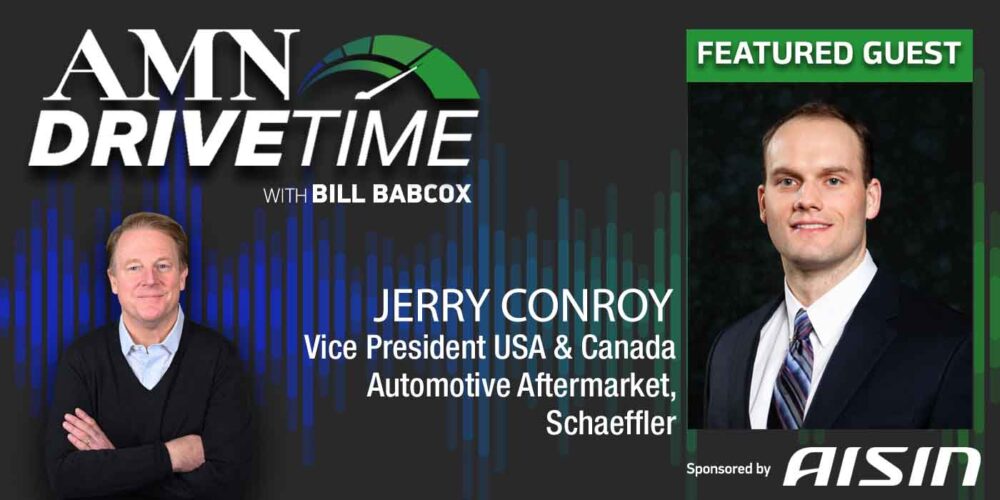CC:
For some of our older viewers, you may remember a toy called Shrinky Dinks. This was a toy where you would color in on a plastic sheet, and then you would cut it out and put it in the oven and it would shrink. So something that was four inches went down to maybe two inches or the size of a key chain. This same technology is involved in stretch belts. If you see a belt that says stretch or stretchy on the side, or it’s indicated on the product sleeve that it is a stretch belt. Well, this belt, it typically doesn’t have a tensioner with no tension. How does it set that final tension? Well, it uses that same properties as shrink heatings. When the belt is run and gotten up to temperature, it actually conforms to the pulley and grooves to give the proper tension. So what does that mean to you, the technician?
Well, it’s using the correct installation method so you don’t damage the belt, and also making sure that the belt is not exposed to extreme conditions like heat before it’s installed on the vehicle. Also, these cannot be reused, and typically the only way to remove the belt is to cut it like that. By doing this, the belt is no longer able to fit on the vehicle. When you install a new one, well go through the procedures and use the tools. Some of the tools range from a zip tie to a very specific tool to pull the belt over the pulley and then have the engine run, so the belt conforms to the pulleys. I’m Andrew Markel. Thank you very much.













